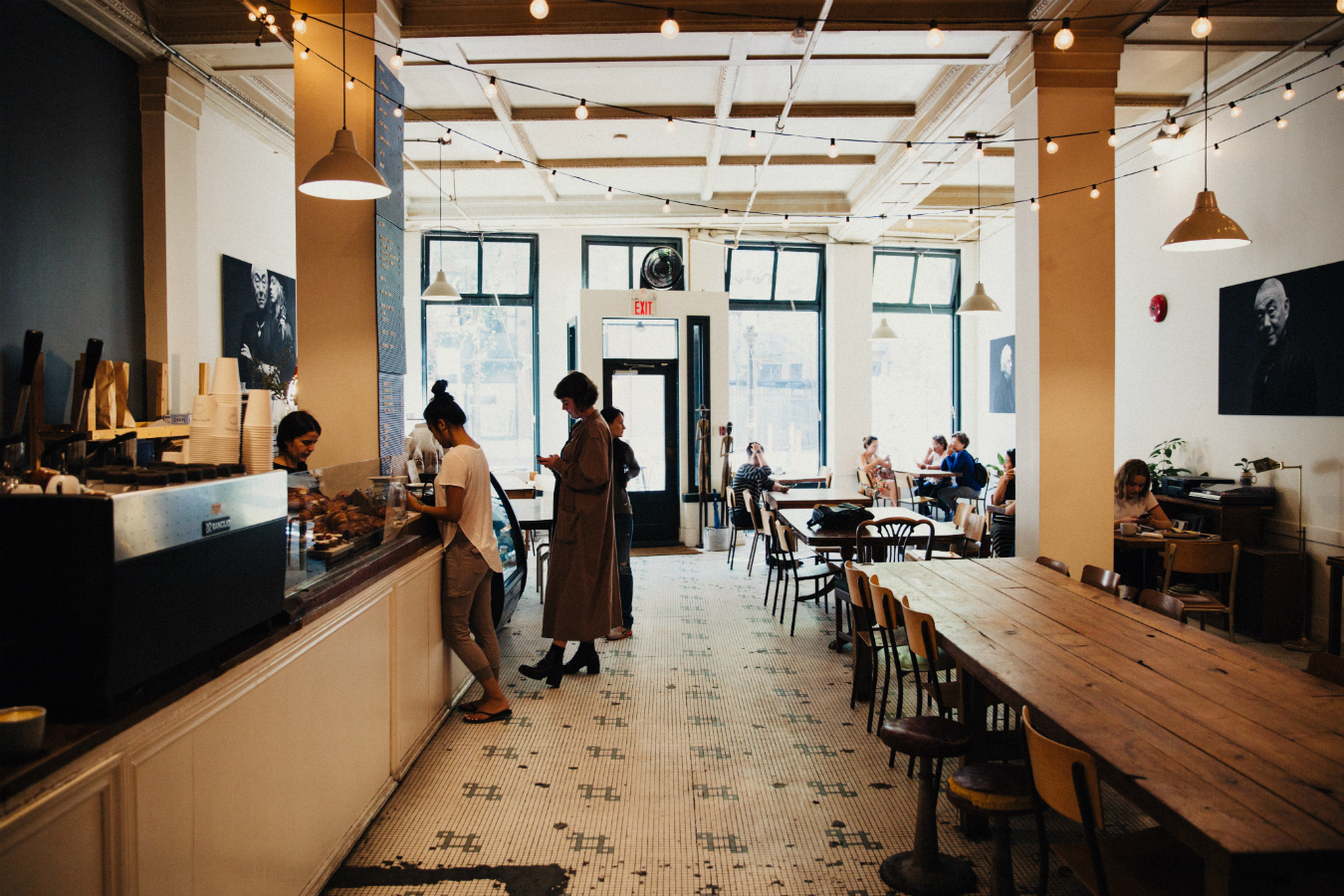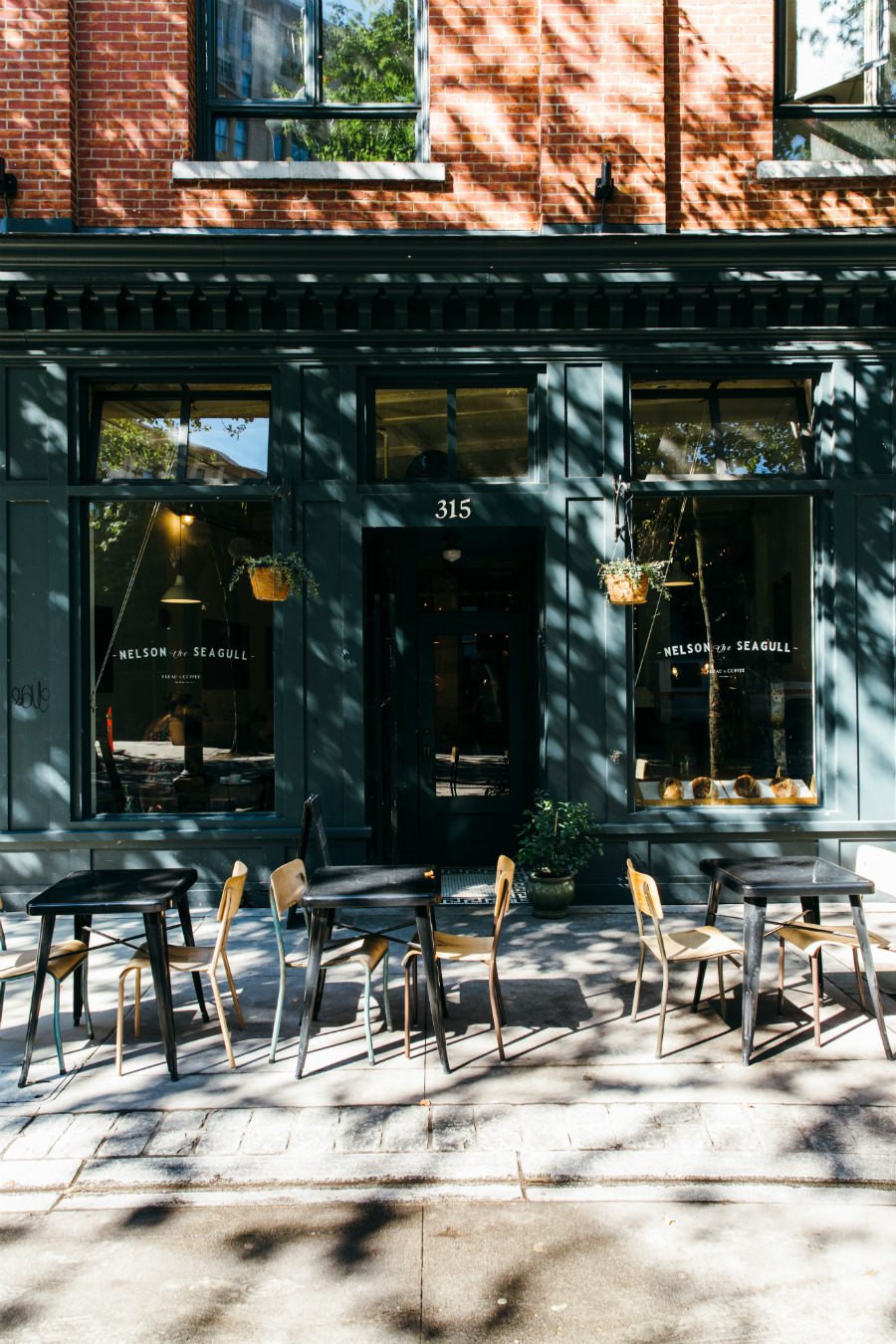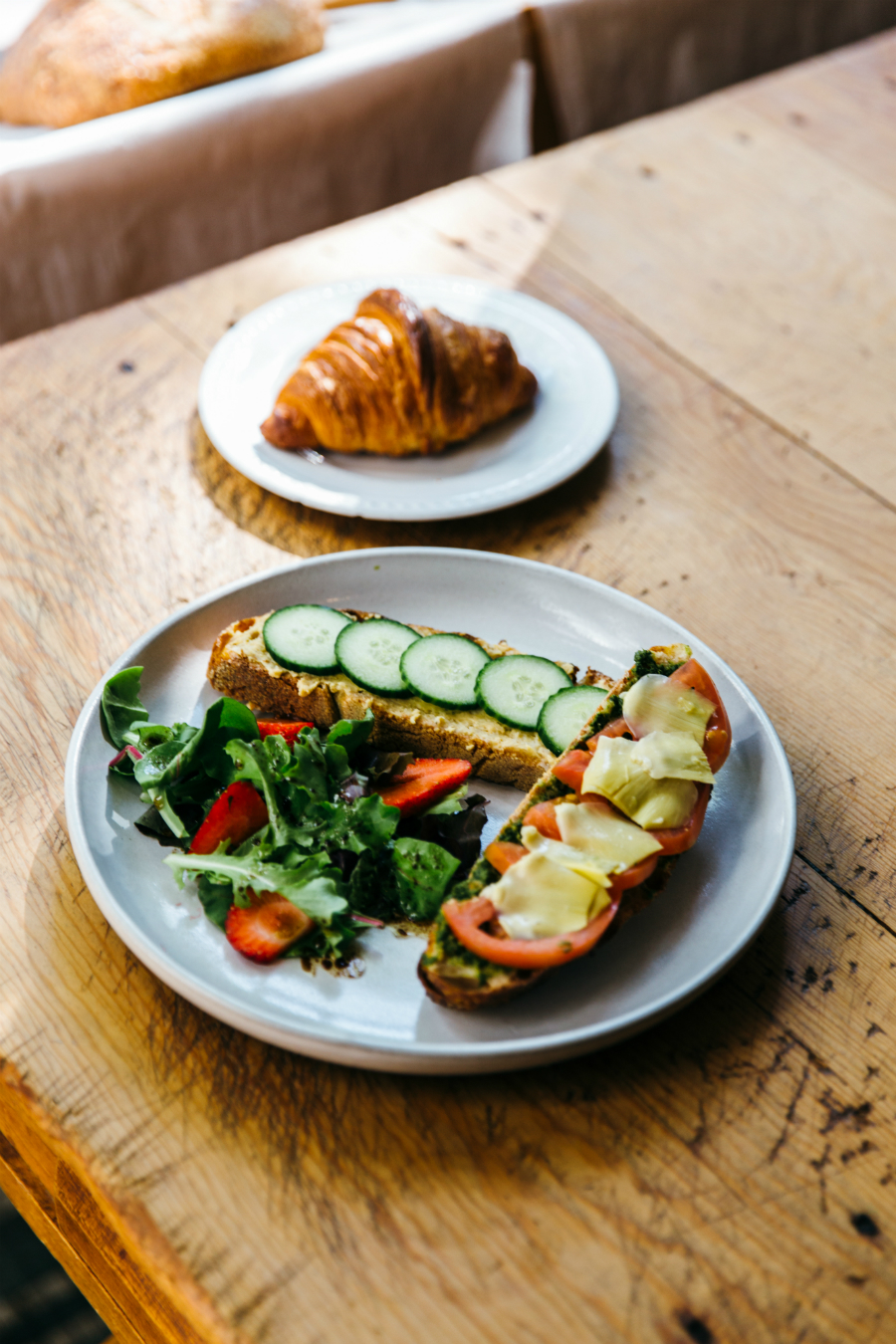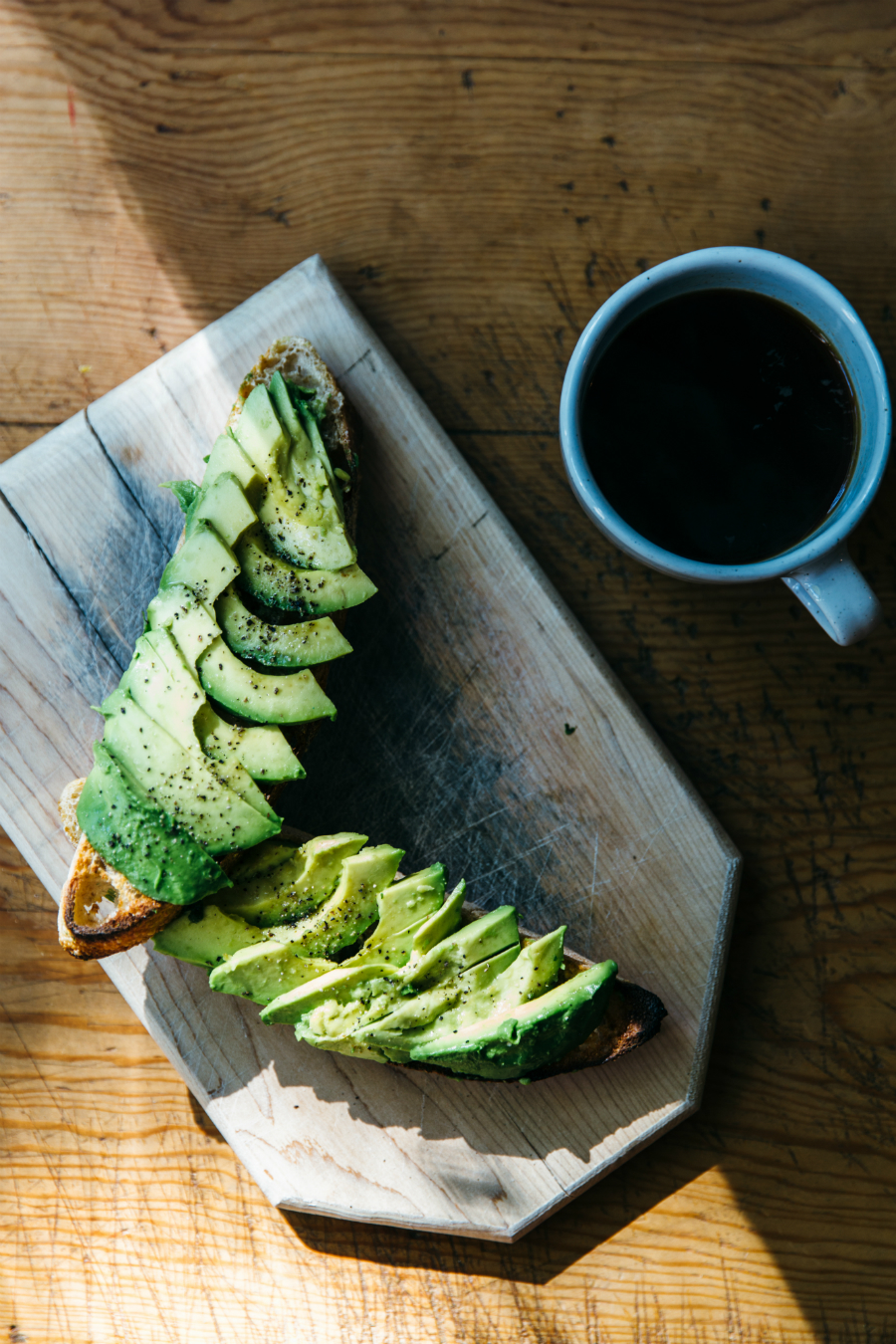“Breaking bread” is such a wonderful phrase. It’s evocative of warm loaves, good company, and nurturing yourself and those you love with the stuff of life. Bread was once part of the staple diet of everyone in the west, but today it can have a less popular reputation in places, eschewed for lower-sugar, gluten-free alternatives. Bread is still important for many, though—particularly bread that is well crafted, nutrient-rich, and flavourful. And of all the varieties, the arguably most exciting to the palate is sourdough.
Jonathan Sneglar starts his day at 5 a.m. in the bright, open kitchen of Nelson the Seagull, of which he is co-owner along with his sister Lee. He begins by putting in the first sourdough loaves of the morning, which were prepped the day before. He bakes them in batches at 300 degrees Celsius with a 15-minute injection of steam to get that beautiful, chewy golden crust, then releases the steam for the remaining 45 minutes of his one-hour baking time. Then he begins work on the dough for the next day’s bread.
He starts with flour, water, and his whole-grain, five-year-old starter: the “mother” natural yeast that is fermented to get the good bacteria, essential for the flavour of sourdough. He agitates this in his large mixer for no more than five minutes. From there he lets the dough sit for 45 minutes to get the gluten strings to do their work. He adds salt, then lets it rest five minutes more. The dough is then transferred to a tub, where he will create a series of folds. Once it is ready to be released from its tub and onto Sneglar’s worktable, it is cut, measured into one-kilogram pats, and rolled to make the first initial shape: a round. Finally, the ovals are built, placed onto pans with a clean dishtowel between each, and put in the fridge for the following morning. Resting in the fridge (as opposed to at room temperature) provides the bread with a taste that Sneglar prefers.
In total the bread undergoes 25 hours of preparation, most of it passive, yet almost constantly monitored. Sneglar can tell when it’s going to be a “bad bread day”—when the weather and kitchen temperature is too cold to get the dough to rise, causing delays and forcing him to buy time in his production line to warm them up (sourdough starts the day, then he moves onto baguettes and croissants). Cold is anathema to yeast, and natural yeast is fussy, conspiring to rise only when its needs of temperature, mixing, and handling are perfectly met.
All this precision for a South African brother-sister duo who, at their cafe’s outset in May 2011, wanted to create a “coffee-only” shop, wherein they might sell a few pastries. Then someone gave Sneglar a copy of Tartine, the hit bread book by Chad Robertson of San Francisco’s Tartine bakery, and he was hooked on the idea of coffee and bread together. “There are lots of ways to think of sourdough,” he says, busy forming dough with quick turns of his hands. Sneglar is entirely self-taught, referencing Tartine and videos of Josie Baker to get the basics, and filling in the details through his own experience. The result? A completely unique Vancouver-made loaf, the starter fed by the atmospheric stuff of our own West Coast. It is easily one of Vancouver’s best.
And the city knows it. Sneglar and his staff bake 90 loaves a day and are frequently sold out before everyone who wants one can get one. Those customers understand why: the outside is perfectly gold, with rustic slashes and crisp edges, the crumb inside dense, chewy, yet light. Nelson the Seagull serves avocado toast as a staple dish, and the buttered, crunchy slabs make it sought-after (and oh-so Instagram-able) by regulars.
Jonathan and Lee plan to expand their unique enterprise, but are looking for another rare space like the one they have: open, breathy, homey. Until then, those wanting a piece will need to head to Gastown to get the good stuff, and only a fresh-baked taste will prove it was worth the wait.















